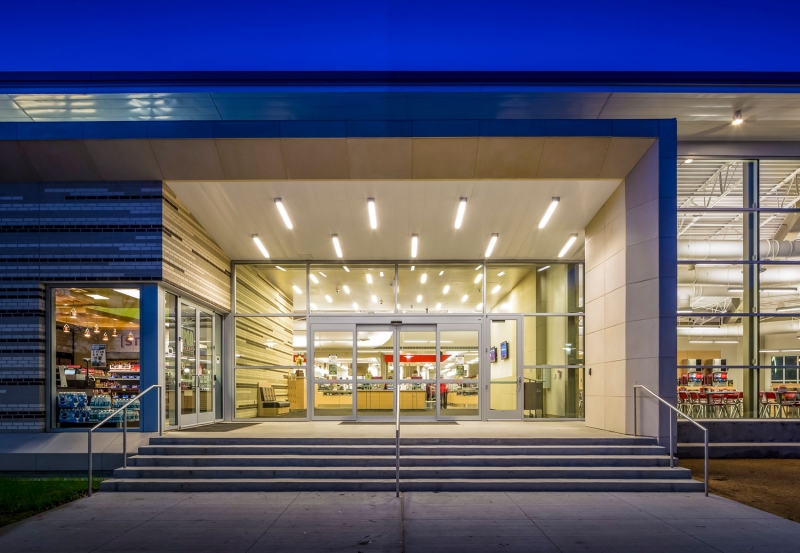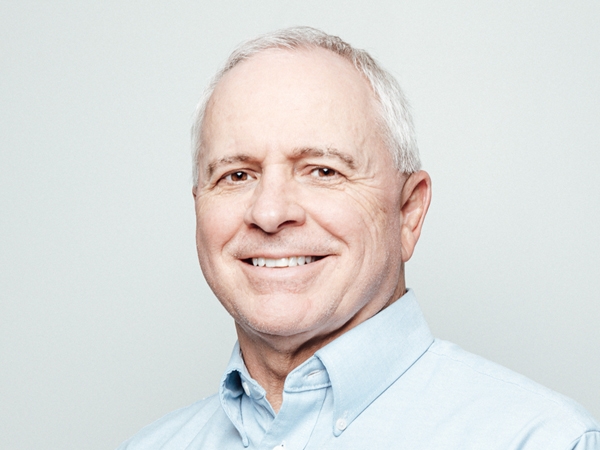
The negative impact of artificial lighting on the circadian rhythms of night shift workers can be successfully mitigated through design
Night shift workers face unique physical and mental challenges imposed by their schedules. The circadian rhythm is driven by sunlight so typically, human bodies produce hormones throughout the day that alternately elevate awareness and productivity with sleepiness. Unsynchronized biological clocks can adversely affect body temperature, thirst, appetite, mood, immunity, cell repair and other critical functions.
Since a majority of employees spend over 90% of their worktime indoors, the WELL Building Standard addresses poor working conditions, food choices, stress, and how these conditions affect the daily health of building occupants. It is a combination of environmental health, building design, human health and behavioral factors.
Designers can mitigate these with advanced LED lighting that mimics the rhythm of natural sunlight. Color selection can affect the rate of eyestrain and the reduction of blue light commonly found in electronics can be achieved through either selection of newer hardware or universal software downloads.
While the benefits of exercise rooms are obvious, nap rooms are not as widely seen in traditional offices. NASA recognized the crucial role of sleep for its astronauts and experimented with short naps during the workday. Performance skyrocketed and today, the “NASA nap” is a common practice among employees whose jobs don’t “follow the sun” such as doctors on call and international airline pilots.
Employee-centric programs combined with WELL Building Standards also can improve overall performance of night shift workers.
Excerpted from research conducted by Dave Weatherly, PE, LEED AP, RCDD and Page Senior Electrical Engineer. His paper was published in full in the ASCE-ASME Journal of Risk And Uncertainty In Engineering Systems, Part B: Mechanical Engineering, Special Issue: Human Performance and Decision-Making in Complex Industrial Environments. It is available upon request.
About Dave Weatherly
His broad electrical engineering experience includes state-of-the-art lighting designs with corresponding daylight harvesting and lighting controls, medium voltage designs for central plants and campus distribution systems, redundant power and paralleling designs for normal, emergency generator and UPS systems and converged telecommunications, data and network systems. His experience also includes investigation of existing electrical systems for life safety, conservation analysis and equipment reliability, and the introduction of new technologies into these systems to increase efficiency, reduce maintenance costs and to increase system life.
